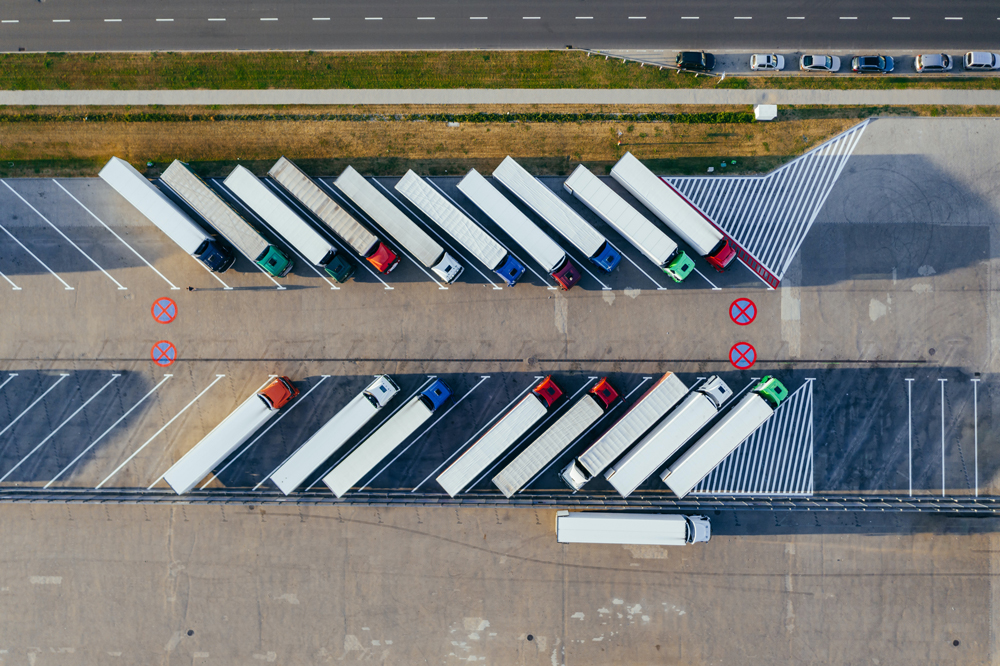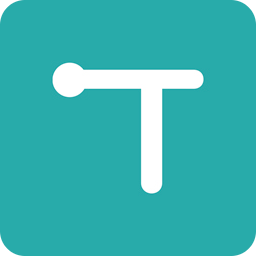Distribution Channels

A distribution channel is a string of intermediaries or businesses through which a product or service passes before the final consumer receives it. Channels of distribution can include retailer players, wholesalers, and distributors. Oh heck, even the internet could form part of a distribution channel.
A downstream process comprises channels of distribution, and they attempt to answer the question – How will the final consumer receive our product or service? The opposite process – upstream or supply chain – seeks to answer the question “who are our suppliers?”
Distribution channels, also known as placement, form part of business strategies for the marketing team, which also feature product, promotion, and price. Conversely, these channels describe the path followed by payments from consumers to the original supplier. Depending on the number of intermediaries required to deliver a product or service, a distribution channel can be anything from three-step or more.
In the distribution chain, merchandise will sometimes reach the final consumer through several channels, a blend of short and long channels of distribution. While diversifying your channels of distribution could boost sales, it could also result in unnecessary complexities for the end-user. Moreover, the longer the distribution channels, the more likely your profit margins will be strained as each intermediary takes its ‘cut’.
With that, let’s talk about the classes of distribution channels.
Types of Distribution Channels
Distribution channels are sometimes analyzed in terms of direct and indirect channels. But there are other types of channels of distribution, as you’re about to find out.
But before that, here’s what you need to know about direct and indirect channels of distribution.
Direct vs. Indirect Distribution Channels
As a business, you’ve probably broken your distribution channels into two – direct and indirect. A direct channel of distribution allows the final consumer to order a product directly from the original vendor, while an indirect one means a consumer can only access a product or service through either a wholesale or B2B company. Brick-and-mortar businesses typically serve their customers using the indirect distribution channel.
In essence, more intermediaries in a distribution channel tend to increase the cost of products. As such, you want to make your channel of distribution as short as possible to minimize costs and price your products competitively.
Having looked at these dispensation channels from direct and indirect viewpoints, you’re most likely working based on one of the below types of channels as a wholesaler.
- The first channel is among the most common, and the longest of the three we’ll be discussing. This channel features all the four players of a distribution process – the manufacturer, wholesaler, retailer, and consumer. A perfect line of business with a long distribution channel is the wine and beverages business. Thanks to laws that emanated from prohibition, a winery is never allowed to sell directly to a retailer or consumer. In most parts of the world, the winery and adult beverages businesses operate based on a three-tier system. This means that a winery can only sell its products to a wholesaler, who in turn sells to a retailer before finally reaching the consumer.
- Next, we have a distribution channel that eliminates the wholesaler. Here, the manufacturer sells products directly to retailers. The retailers then sell to the final consumers. It means this channel will only have one intermediary – the retailer. A great example is Dell, which commands a large enough market that enables it to sell directly to one of the world’s largest retail outlets, Best Buy.
- Lastly, there’s the direct-to-consumer model. This distribution channel allows producers to sell directly to the final consumers. For example, Amazon produces and sells Kindles directly to consumers through its platform. In this model, both wholesalers and retailers are cut off, leaving the producer and consumer in direct contact.
For clarity purposes, here’s what you need to know about the roles of a distribution channel.
Functions of a Distribution Channel
To fully grasp the importance of a distribution channel to your eCommerce business, you need to understand that it isn’t just about bridging the gap between the manufacturer and consumer. In addition to that, distribution channels also play the following crucial roles:
- Provision of time, place, and ownership utility. In simpler terms, these channels help avail products when and where required, and in the right quantities.
- Logistical and physical distribution of products. A distribution channel is responsible for the assembly, sorting, storage, and goods transportation right from the producers to the end consumers.
- Eliminating inefficiencies. These channels create high-level efficiency through bulk breaking and creating assortments. Wholesale and retail businesses breakbulk purchases from the producers by selling in smaller quantities to their customers and other players in the distribution channel. In some cases, distribution channels help bring together a collection of different products, making it easier for the consumers to access a variety of goods from fewer sources. Ecommerce platforms such as eBay and Amazon are typical examples of retailers with a range of items for purchase by the consumers, all under one roof.
- Risk sharing. Given that a majority of the channel partakers purchase the merchandise in advance, they share the same risks as the producers. The shared risk means that each party will play its role in earnest.
- Marketing. Distribution channels represent a marketing network where each player is in direct contact with their target market. Each participant helps the producer in propagating the product image and benefits to the target customers.
These are just but a few functions of distribution channels. As we come to a close, as a wholesaler, you want to ensure that you choose the right distribution channel for your customers to maximize your returns while enhancing their overall purchase experience. But how do you do that?
Choosing an ideal Distribution Channel
Whereas most distribution channels perform pretty much the same functions, not all will resonate with your line of business or products. For example, Turis works best with B2B business models, meaning wholesalers and manufacturers will find it more suitable. The tool has also partnered with more than 2,000 useful applications such as Xero, Woo Commerce, Shopify and HubSpot to ensure that all your business activities remain tightly knit for easier management and customer service.
To that end, the distribution tool that you choose should be capable of adding real value to your customers and business. Features like the speed of delivery should be among the dealbreakers when sourcing for an ideal channel. Ask yourself questions such as, “do consumers need online support before a purchase? Will the customers need to handle the products before paying for them? etc., will also help you get a sense of exactly what your business needs.
If you’re still not so sure about the channel of distribution to choose, don’t hesitate to reach out to your friends at Turis – we’re always happy to point you in the right direction, at zero costs!
Launching Your First B2B Store?
Let us launch your B2B store with us today and boost your sales – no coding needed, just expert guidance with our People-to-People support every step of the way.
Book personal demo


